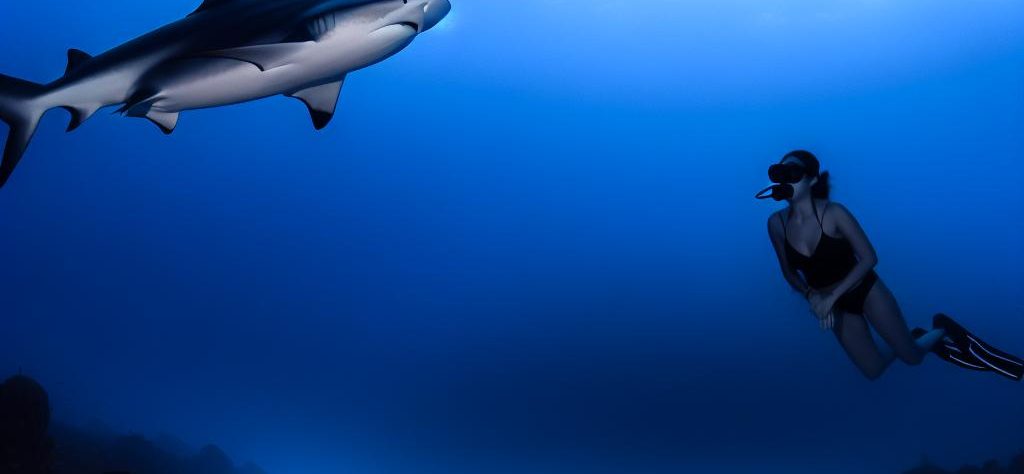Introduction
The Philippines is renowned for its rich marine biodiversity, attracting divers from around the globe. This archipelago is home to a multitude of spectacular underwater species that make diving here a unique experience. The country’s biodiversity hotspots provide opportunities to encounter various iconic species that are visually captivating and ecologically significant.
The Majestic Tubbataha Reefs: A Marine Sanctuary
Tubbataha Reefs Natural Park, a UNESCO World Heritage Site, is one of the most pristine diving destinations in the Philippines. Located in the Sulu Sea, this remote atoll system is accessible by liveaboard boats, offering a once-in-a-lifetime experience for adventurous divers. The park is composed of two huge atolls and a smaller coral structure called Jessie Beazley Reef, amounting to a total area of 97,030 hectares. It harbors an array of species that are a must-see for any diving enthusiast. The reefs boast exceptional visibility and thriving marine life, making it an ideal spot for underwater exploration.
The Gentle Giants: Whale Sharks
Known locally as Butanding, whale sharks are the largest fish species in the world, reaching lengths of up to 18 meters. Despite their size, these gentle giants pose no threat to humans, living off plankton and small fish. They are commonly found in the waters near Donsol, Sorsogon, and Oslob, Cebu, where they migrate seasonally. Swimming alongside a whale shark offers an unforgettable encounter with one of the ocean’s most magnificent creatures, providing insights into their serene and graceful nature.
The Graceful Dancers: Manta Rays
Manta rays are another highlight for divers exploring the Philippines. Characterized by their broad, flat bodies and triangular pectoral fins, mantas often move gracefully through the water, resembling dancers in motion. These captivating creatures inhabit cleaning stations, where small fish remove parasites from their bodies, a spectacle many divers find mesmerizing. Manta Bowl in Ticao Pass is a popular site for witnessing mantas in their natural habitat. Divers visiting these areas have the chance to observe and photograph the symbiotic relationship between mantas and the smaller fish.
Coron: A Wreck Diving Paradise
The waters around Coron, known for their crystalline clarity, offer incredibility visibility, revealing the history beneath the waves.
Coron’s Historic Shipwrecks
Coron is famous for its World War II shipwrecks, which sit on the sea floor as silent witnesses to the past. These wrecks create artificial reefs that teem with life, providing a habitat for numerous aquatic species and attracting divers of all levels. Exploring these sites offers insights into both history and marine ecology, as the wrecks are now home to a myriad of species, including barracudas, groupers, and other pelagic fish.
The Gentle Presence of Sea Turtles
While the shipwrecks are a primary draw, Coron is also a habitat for sea turtles. Two species that divers often encounter are green turtles and hawksbill turtles. Green turtles, the larger of the two, are often seen grazing on seagrass, while the critically endangered hawksbill turtles prefer residing in coral-rich environments. Their serene presence is a highlight for divers exploring coral reefs and seagrass beds around the area, as these turtles gracefully navigate their marine world.
Anilao: A Haven for Macro Life
Anilao, Luzon’s diving epicenter, is celebrated for its macro photography opportunities, offering a different perspective on marine ecology. The reefs here serve as a microcosm of marine life, allowing detailed study and observation of smaller reef inhabitants.
The Micro Marvel: Pygmy Seahorses
Anilao is renowned for its macro photography opportunities, offering sightings of exotic species like the pygmy seahorse. These tiny, delicate creatures are adept at camouflage and are often found among gorgonian corals. Reaching a mere 2 centimeters in length, pygmy seahorses mimic the texture and color of their coral homes, providing a fascinating subject for underwater photographers seeking to capture their elusive beauty. Discovering these seahorses requires a keen eye and patience, making the sighting all the more rewarding.
The Beautiful Nudibranchs
Among the macro species, nudibranchs are a favorite among divers. These vibrantly colored sea slugs exhibit remarkable patterns, making them a visual delight. Known for their diverse range of colors and sizes, nudibranchs perform essential roles in marine ecosystems, from grazing on algae to preying on other invertebrates. Anilao’s varied dive sites host numerous nudibranch species, providing endless exploration opportunities for enthusiasts seeking to document their wondrous diversity.
Conclusion
Diving in the Philippines offers the chance to encounter an extraordinary range of marine life. From the massive whale sharks and manta rays to the intricately patterned pygmy seahorses, each species contributes to the diverse underwater landscapes that make the Philippines a top diving destination. The country’s rich marine biodiversity, set against its beautiful and varied seascapes, provides essential insights into the ecological intricacies of marine life. For additional information on diving locations and species, visit the Diver Philippines website. Exploring these waters is both an adventure and a privilege, showcasing the remarkable biodiversity that the region has to offer and underscoring the importance of preserving these delicate ecosystems for future generations to enjoy and study.

